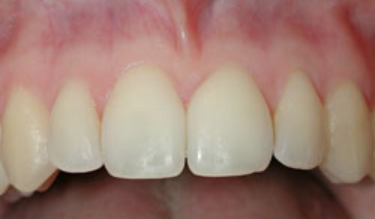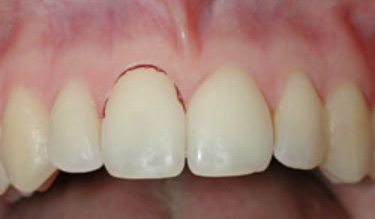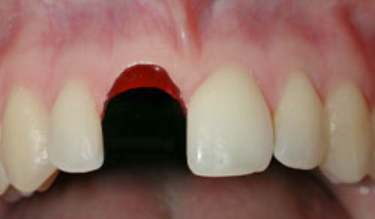01. Trauma






Back to Main Page | Topics →
For more information about dental trauma and how it is treated, please visit www.dentaltraumaguide.org.
Below, in order of severity, are the different types of injuries that teeth endure. Regardless of the severity of the injury it is always important to:
- See a dentist/endodontists as soon as possible
- Restrict your diet to only soft foods for one week after an injury
- Make an extra effort to keep the teeth and gums clean with gentle brushing, flossing, and rinsing
- Regular exams and x-rays of the tooth for 12 + months
Concussion

- The typical bad knock to a tooth that causes it to be sore and tender
- Root canal treatment is often not necessary
- The tooth remains normal in appearance
- It is not chipped, displaced, or loose
Subluxation

Similar to concussion
- The tooth has been knocked and it is not displaced
Unlike a concussion
- The tooth is now slightly loose
- Root canal treatment is more likely
- Some bleeding from the gum around the tooth may be noticed
- In order to stabilise the tooth, a flexible splint is needed for about two weeks (a fortnight)
Extrusion

Similar to subluxation
- The tooth is loose
- A flexible splint is needed, for two weeks, to stabilise the tooth
Unlike a subluxation
- A dentist/endodontists must reposition and splint the tooth ASAP
- The tooth is partially displaced out of its socket and looks longer than its neighbours
- It may be leaning towards the lip, tongue, or neighbouring teeth
- Root canal treatment is almost always needed
- Due to the high risk of resorptive defects developing, the tooth will need to be monitored with an annual exam and x-ray for a number of years
Lateral Luxation

Similar to extrusion
- Tooth out of its normal position
- A dentist/endodontists must reposition and splint the tooth ASAP
- Due to the high risk of resorptive defects, the tooth must have an annual exam and x-ray for a number of years
Unlike extrusion
- The tooth is locked into place
- It typically looks shorter than its neighbours
- The flexible splint is needed for four weeks, not two
- Endodontic treatment is always necessary
Intrusion

Similar to lateral luxation
- The tooth is locked into place and is shorter than its neighbours
- A flexible splint is needed for four weeks
- Endodontic treatment always necessary
Unlike lateral luxation
- The tooth was pushed down into its socket
- There is a significantly greater risk of resorption and ultimate loss of tooth
- The tooth will need to be monitored for life
- Treatment options and long-term prognosis are better for young teeth
- Various adjunct procedures may also be necessary
Avulsion

Similar to intrusion
- Significantly greater risk of resorption and ultimate loss of tooth
- The tooth will need to be monitored for life
- Treatment options and long-term prognosis are better for young teeth
- Various adjunct procedures may be necessary
Unlike intrusion
- This is a true dental emergency and immediate care is essential
- A dentist/endodontists must be seen within one hour of the injury
- The tooth has fallen out of the mouth
(Place the tooth in milk, not water) - Extensive treatment and several appointments are necessary
- It is possible for tooth to be lost despite initial signs of success
Back to Main Page | Topics →








